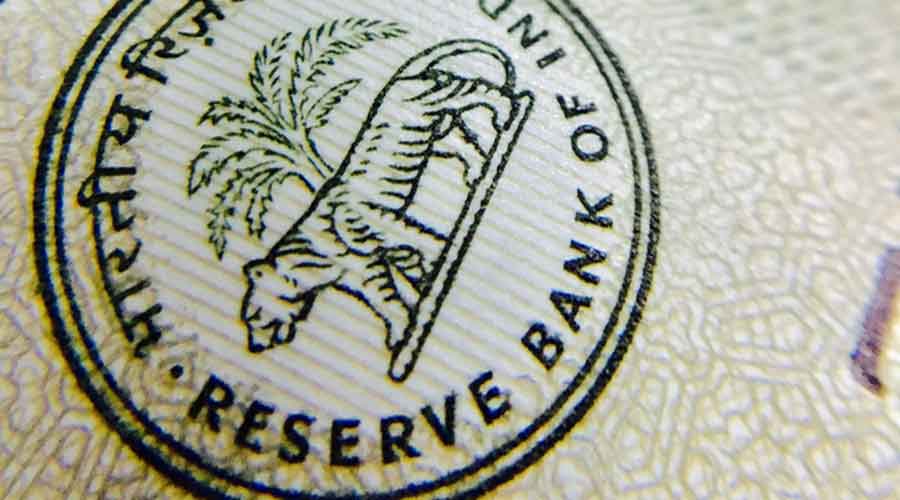The Reserve Bank of India (RBI) on Friday disappointed the bond markets as it decided to normalise the cash reserve ratio (CRR) in a two-phased manner and extended the relaxation with regard to government securities under the held to maturity (HTM) category.
These two measures came as the central bank looked to maintain comfortable liquidity so that the government’s higher-than-expected borrowing programme proceeds in a seamless manner.
However, the bond markets were not enthused by the proposals. Yields on the benchmark 10-year bond rose around 8 basis points in intra-day trades.
However, it came off these levels to end almost flat. The markets were also disappointed with the RBI for not announcing an open market operation (purchase of government securities) calendar.
The RBI had reduced the CRR (which is the portion of bank deposits that must be maintained with the RBI) by 100 basis points to 3 per cent of bank deposits from the reporting fortnight beginning March 28, 2020. The dispensation was available till March 26, 2021.
While the optimism in some circles was that this will be extended further (so that liquidity remains abundant), the RBI said it will gradually restore the cut in two phases in a non-disruptive manner.
Thus, banks would now be required to maintain the CRR at 3.5 per cent of their deposits effective from the reporting fortnight beginning March 27, which will rise to 4 per cent of deposits from the fortnight beginning May 22, 2021.
However, in another step, the central bank extended the time frame for bank statutory liquidity ratio (SLR) holdings in the HTM category by one more year till March 31, 2023.
HTM is a category of banks’ bond investments which do not have to be marked to market with the current rates, thus protecting their balance-sheet from any valuation hits.
At a press conference, RBI deputy governor Michael Patra allayed fears that the steps would adversely impact the systemic liquidity.
He said the withdrawal of CRR relaxation will be replenished in a more durable fashion through other forms that are more market friendly. Patra reiterated that the RBI will ensure that the government borrowing programme will go through in a seamless manner.
However, in another step, the central bank extended the time frame for bank statutory liquidity ratio (SLR) holdings in the HTM category by one more year till March 31, 2023. HTM is a category of banks’ bond investments which do not have to be marked to market with the current rates, thus protecting their balance-sheet from any valuation hits.
SLR is that portion of bank deposits which must be maintained in the form of Government securities and it now stands at 18 per cent. Of this, 25 per cent can be held in HTM. Earlier, the RBI had said that this limit can rise, provided it is not over 19.5 per cent of bank deposit base. In September last year, this was increased to 22 per cent. The relaxation was available upto March 31, 2022.
"In order to provide certainty to the market participants in the context of the borrowing programme of the centre and states for 2021-22, it has now been decided to extend the dispensation of enhanced HTM of 22 per cent up to March 31, 2023 to include securities acquired between April 1, 2021 and March 31, 2022’’, RBI said today.
This announcement also left some disappointed as they had expected the central bank to raise the limit further from 22 per cent.
Responding to a query on liquidity normalisation, deputy governor Patra said that the RBI will `cross the river by feeling the stone’ indicating that the central bank will proceed in a calibrated manner aligned with market response and sentiment.











